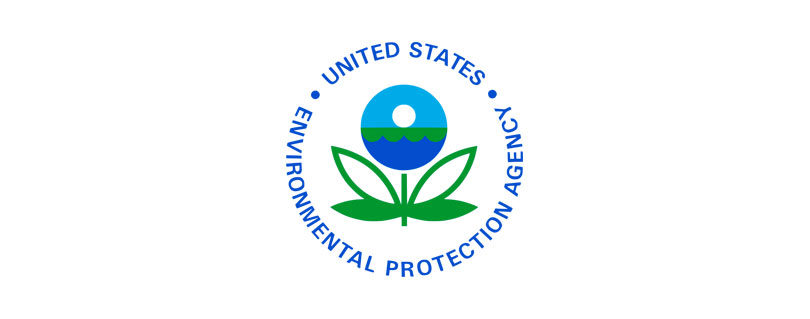EPA Responds to Petitions to Address Harmful Emissions from Locomotives
Publilshed by the U.S. Environmental Protection Agency (EPA)
WASHINGTON — Today, the U.S. Environmental Protection Agency (EPA) announced it is responding to petitions from the California Air Resources Board, the San Joaquin Valley Air Pollution Control District, and the California Air Pollution Control Officers Association to address harmful nitrogen oxide (NOx) and particulate matter (PM) emissions from locomotives. As part of EPA’s response to these petitions, the Agency is taking immediate steps to develop options and recommendations to address pollution from new locomotives as well as those already operating in communities nationwide.
“Locomotives remain a significant source of emissions, often disproportionately impacting the health of communities that are located near railyards and ports,” said Joseph Goffman, Principal Deputy Assistant Administrator for EPA’s Office of Air and Radiation. “EPA’s response reflects a commitment to deliver significant and needed public health benefits for underserved communities across the country that are overburdened by higher levels of diesel exhaust.”
“I’m proud to help lead the charge in California to defend our nationally leading clean air protections and reduce vehicle emissions,” Senator Alex Padilla said. “But EPA must also do their part by regulating emissions from locomotives nationwide. That’s why I’m grateful to EPA for heeding my calls and those from California’s air pollution agencies. Workers and neighborhoods near ports and industrial rail yards have been subject to increased air pollution from locomotives for decades, facing higher instances of respiratory illnesses and premature death. Thanks to the passage of the Inflation Reduction Act, the time to make a generational investment in transitioning to cleaner locomotives is now.”
Additionally, EPA plans to propose revisions to existing locomotive preemption regulations to ensure they don’t inappropriately limit California’s and other states’ authorities under the Clean Air Act to address their air quality issues.
Further, EPA has formed a rail study team to evaluate how best to address air pollutant emissions from the locomotive sector.
In the coming months, this team will collect information and evaluate the following:
- a range of technologies that may be available to further reduce locomotive emissions;
- policy options to accelerate locomotive fleet turnover to newer, cleaner technology;
- policy options to ensure that remanufactured locomotives are as clean as possible;
- engagement with partners, such as state, non-governmental organizations, environmental justice organizations, and industry stakeholders, to gather input as needed to inform the required evaluations.
Additionally, the passing of the Inflation Reduction Act (IRA) provides an enormous opportunity in the locomotive space. This funding accelerates the transition to a zero emissions future by providing funding opportunities in so many subsectors of transportation. EPA will explore opportunities to leverage these historic resources moving forward.
Diesel emissions contribute to concentrations of ozone and PM2.5 and their resulting health effects, which include premature death, respiratory illness (including childhood asthma), and cardiovascular problems. Diesel emission reductions from locomotives would improve health and air quality for communities across the country, including those already overburdened by pollution from freight transportation.
Learn more and view EPA’s official petition response.
Read the full article at: https://www.epa.gov/newsreleases/epa-responds-petitions-address-harmful-emissions-locomotives


